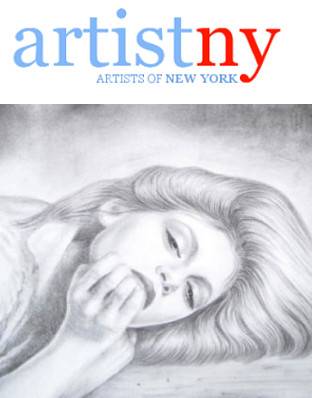Why is it called art?
Have you ever wondered why we call certain things “art”? It’s a pretty broad term, after all. We use it to describe paintings, sculptures, music, dance, and even some aspects of our everyday lives. But where does the word come from? And what does it really mean? In this blog post, we’ll explore the origins of the word “art” and some of its different applications. We’ll also touch on some of the ways that art can be used to enhance our lives. So whether you’re a budding artist or just someone who appreciates beauty, read on to learn more about the power of art.
The definition of art
Art is often defined as a way of expressing oneself through a creative medium. This can include painting, sculpture, photography, writing, and even music. It is often said that art is in the eye of the beholder, meaning that what one person may see as a work of art, another may not. There is no right or wrong answer when it comes to art.
The history of art
Art has been around for centuries, with different cultures and societies creating their own unique styles and forms of expression. It is a way for people to communicate their ideas, feelings, and emotions through a visual medium.
There are many different types of art, ranging from painting and sculpture to photography and architecture. And while the definition of art may be subjective, there are certain characteristics that are typically associated with it, such as creativity, originality, and emotional power.
Throughout history, art has been used as a tool for storytelling, political commentary, self-expression, and much more. It is an important part of our cultural heritage and helps us to understand the world around us.
The different types of art
There are many different types of art, but they can generally be divided into two categories: fine art and applied art.
Fine art includes paintings, sculpture, prints, and photographs that are created for their aesthetic value and/or to express the artist’s ideas or emotions. Applied art includes objects that are functional as well as beautiful, such as pottery, furniture, jewelry, and architecture.
Some people also consider folk art and popular culture to be types of art. Folk art includes traditional items that are made by hand using local materials and traditions. Popular culture includes items that are mass-produced and reflect the current trends in society.
The purpose of art
It is often said that art is in the eye of the beholder. This means that what one person considers to be art, another person may not. This is because art is a very personal experience and everyone has their own definition of what art means to them.
However, there are some general characteristics that are often associated with art. For example, art is often seen as a way to express oneself and to communicate emotions. It can also be used as a form of self-expression or as a way to tell a story. Additionally, art can be seen as a form of therapy or as a way to bring joy into someone’s life.
Ultimately, the purpose of art is whatever the artist intends it to be. There is no single correct answer to this question.
The benefits of art
There are many benefits to art, both for the artist and for the viewer. Art can be used as a form of self-expression, to communicate ideas, or simply to make someone happy. It can also be used to tell a story or convey a message.
Art can be a form of relaxation and can help to reduce stress. It can also be therapeutic, providing an outlet for emotions and helping to boost self-confidence and self-esteem. Viewing art can also be enjoyable and can provide a sense of calm and well-being.
Some of the other benefits of art include: improving cognitive function, promoting creativity, increasing empathy, and connecting people with their culture.
The conclusion
The conclusion of the blog article “Why is it called art?” is that art is a form of expression that can be used to communicate emotion, ideas, or stories. Art can be created in many different mediums and can be interpreted in many different ways.




